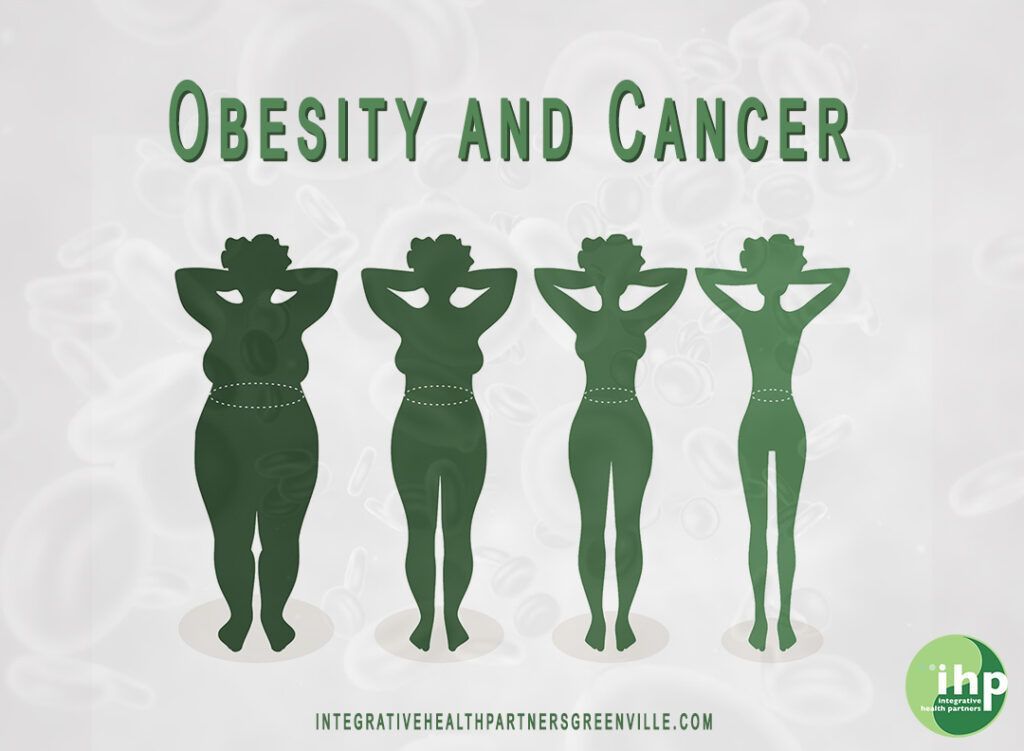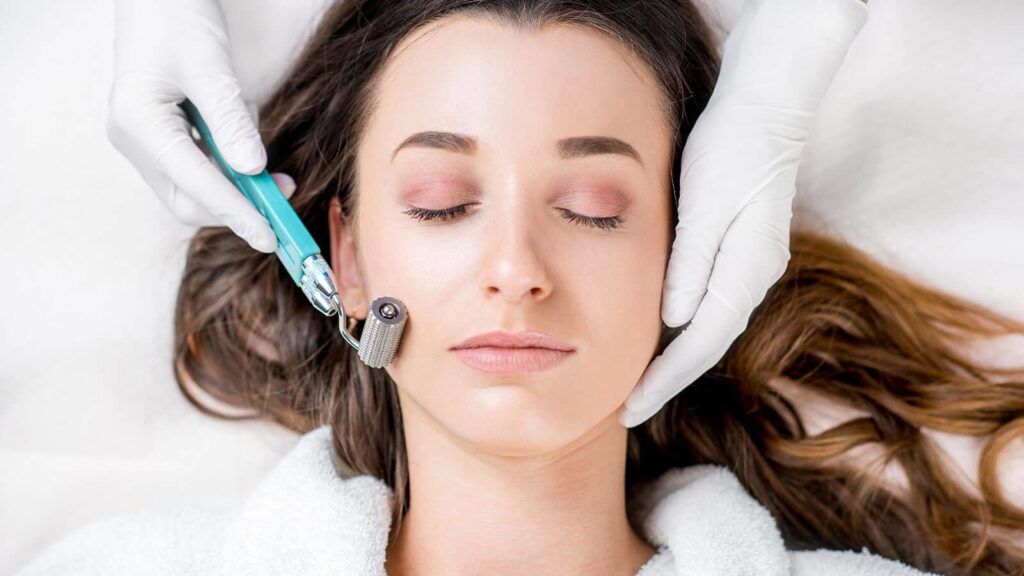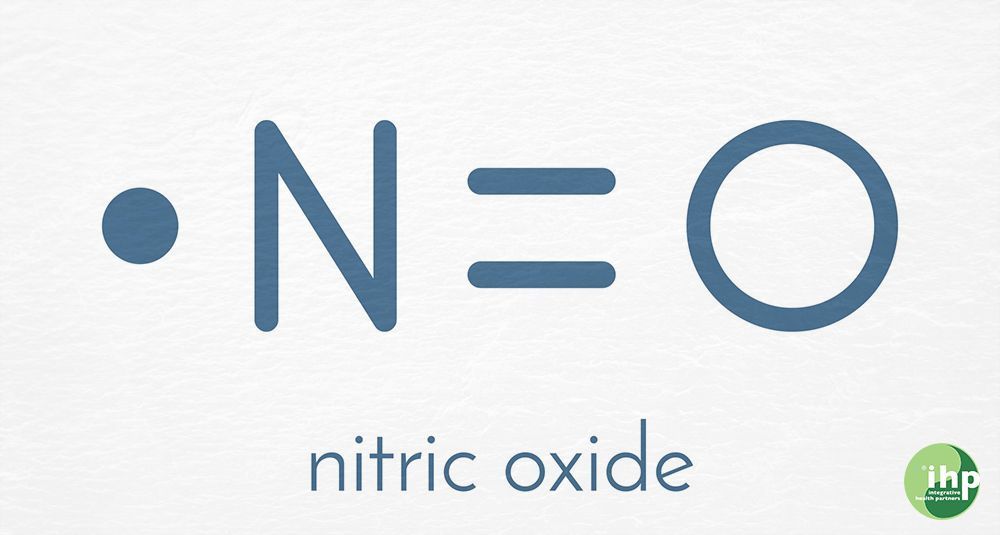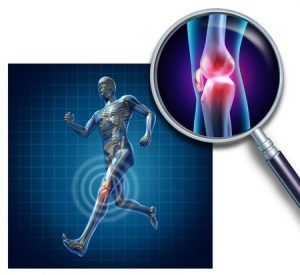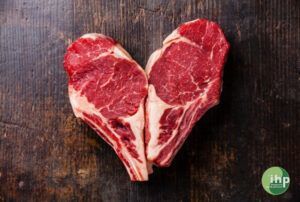Vitamin D
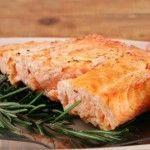
Vitamin D is a hot topic these days. Health food store magazines have been praising its benefits for years. But even the mainstream press now runs regular articles quoting studies that point to the necessity of adequate Vitamin D. Consequently, even western medicine practitioners are regularly testing their patients for Vitamin D levels.
There are now a lot of studies showing that Vitamin D influences a wide variety of body functions and dysfunctions, including cancer. But there’s not a lot of talk about why people have a deficit of Vitamin D. Nor is there much discussion about whether this is a recent phenomenon or was present in our near or distant ancestors. One of the popular explanations for why we don’t have enough Vitamin D is an idea that people aren’t getting a lot of sun exposure anymore. But did our ancestors really ever get that much sun exposure? Sunbathing is, in historic terms, a relatively new activity that is limited to those with leisure time to indulge in it and only possible for a few months out of the year. And even in places like Florida, California, and Hawaii where sunbathing is more common studies show there is still rampant Vitamin D deficiency. Our farming ancestors might have gotten more sun that us office types do but they also went to great lengths to stay covered up while outside in the hot Sun. And if you’ve ever worn a planter’s hat you know you don’t get a lot of sun on your face while wearing one. What about people who largely lived in rain forests? Or people who lived in the desert and stayed covered up all the time? How about people who live in northerly latitudes? These people especially didn’t get much Sun exposure in the winter. Were these people deficient in Vitamin D?
That’s a question we will probably never have an answer for. However, when you look at the recent rapid rise in health problems that can be associated with Vitamin D deficiency it would be logical to conclude that these problems have escalated simultaneously with a rapid decline in Vitamin D levels. This would suggest that our ancestors had more Vitamin D in the past than we do today. So where did our ancestors get their Vitamin D? It certainly was not from pills or a pharmacy, and most likely not from regular Sun exposure.
Much of the Vitamin D in supplements comes from lanolin. Lanolin, which you may have heard about as a skin moisturizer, is an oily substance that naturally occurs on lamb’s wool and is collected when processing wool for fabric. When sunlight shines on pasture grazing sheep, lanolin is converted to Vitamin D and stored in its fat. Similarly, Vitamin D is also found in the fats of other free-ranging animals including beef, fowl, and fish. Although commercial eggs have very low Vitamin D levels, two eggs from pasture raised chickens can supply the RDA of Vitamin D. Similarly, commercial grade beef doesn’t have much Vitamin D, but organically raised, grass fed beef has much higher levels. Unlike milk from factory dairies, milk from pastured, grass fed cows, as well as the cheese made from it, also has a high Vitamin D profile. Did you ever stop to wonder why commercial milk is advertised as being supplemented with Vitamin D? Why did they put it in milk and not some other product? The answer is that the manufacturers are replacing the Vitamin D that either isn’t in the milk due to the way the cow was fed, or, was destroyed in high temperature pasteurization and homogenization.
So where did our ancestors got most of their Vitamin D? Most likely they got it from their food, and mostly from animals that ran around wild or in pastures and ate grass, bugs and other things that are their natural food sources. Why are our levels of Vitamin D so low in modern society? Modern factory farms are primarily the culprit. This argument is true not only for Vitamin D but also for other nutrients we find ourselves deficient in. When we think of Omega 3 oils we tend to think of fish. But did you know free-ranging grass fed beef has a very high Omega 3 profile? More on all that some other time but if you want to support or regain your health, start looking for locally grown meat, eggs, and dairy that don’t come from factory farms.
